Arabic Mehndi Designs Definition
Source(Google.com.pk)
Barbie Mehndi Designs Muslim Mehndi Designs Pakistani Mehndi Designs Indian Mehndi Designs
Arabic mehndi tradition can be defined as a less detailed design in the
world of mehndi. Unlike the Indian and Pakistani mehndi designs Arabic
ones do not point a large pattern on the palm center, rather the mehndi
patterns include remarkable blank spaces within them. Expanding widely
on the palm or hand’s back or on upper fit this mehndi pattern takes an
elegant look.
A popular way to draw henna designs is through henna cones that can be
rolled by you. Henna cones are to henna what pens are for ink and are
preferred when very delicate bridal mehndi patterns are desired. Be
advised that they can be messy and for this reason, many prefer to use
toothpicks, trading off some loss of detail.
Mehndi Designs
is the application of Henna as a temporary form of skin decoration, in
South Asia, the Middle East, North Africa and Somalia as well as
expatriate communities from these areas. Mehndi Designs became
fashionable in the West in the late 1990s, where they are sometimes
called henna tattoos. In Kerala henna is known as mylanchi and widely
used by the Muslim community. Henna is typically applied during special
occasions like weddings and festivals. It is usually drawn on the palms
and feet, where the color will be darkest because the skin contains
higher levels of keratin which binds temporarily to lawsone, the
colorant of henna. Henna Designs was used as a form of decoration mainly
for brides.
The term henna
tattoo is inaccurate, because tattoos are defined as permanent surgical
insertion of pigments underneath the skin, as opposed to pigments
resting on the surface.
Mehndi designs.
Arabic mehndi
tradition can be defined as a less detailed design in the world of
mehndi. Unlike the Indian and Pakistani mehndi designs Arabic ones do
not point a large pattern on the palm center, rather the mehndi patterns
include remarkable blank spaces within them. Expanding widely on the
palm or hand’s back or on upper fit this mehndi pattern takes an elegant
look.
A popular way
to draw henna designs is through henna cones that can be rolled by you.
Henna cones are to henna what pens are for ink and are preferred when
very delicate bridal mehndi patterns are desired. Be advised that they
can be messy and for this reason, many prefer to use toothpicks, trading
off some loss of detail.
Mehndi Designs
is the application of Henna as a temporary form of skin decoration, in
South Asia, the Middle East, North Africa and Somalia as well as
expatriate communities from these areas. Mehndi Designs became
fashionable in the West in the late 1990s, where they are sometimes
called henna tattoos. In Kerala henna is known as mylanchi and widely
used by the Muslim community. Henna is typically applied during special
occasions like weddings and festivals. It is usually drawn on the palms
and feet, where the color will be darkest because the skin contains
higher levels of keratin which binds temporarily to lawsone, the
colorant of henna. Henna Designs was used as a form of decoration mainly
for brides.
The term henna
tattoo is inaccurate, because tattoos are defined as permanent surgical
insertion of pigments underneath the skin, as opposed to pigments
resting on the surface.
Mehndi designs
Likely due to
the desire for a "tattoo-black" appearance, many people have started
adding the synthetic dye PPD to henna to give it a black color. PPD is
extremely harmful to the skin and can cause severe allergic reactions
resulting in permanent injury or even, in the worst case, death.
One does not
need art skills to create mehndi patterns. All that’s needed is some
imagination and patience. In fact, traditional mehndi patterns are
formed by combinations of simple geometric shapes like curves, triangles
or hearts.
mehandi design
new 2013 full hd hq wide screen wallpapers gallery, bridal mehndi design
learning hand leg other body hd photos for background free learning
download, mehandi clear visible different types of design marriage
ceremony occasion hd images and postures.
Likely due to
the desire for a "tattoo-black" appearance, many people have started
adding the synthetic dye PPD to henna to give it a black color. PPD is
extremely harmful to the skin and can cause severe allergic reactions
resulting in permanent injury or even, in the worst case, death.
One does not need art skills to create mehndi patterns. All that’s
needed is some imagination and patience. In fact, traditional mehndi
patterns are formed by combinations of simple geometric shapes like
curves, triangles or hearts.
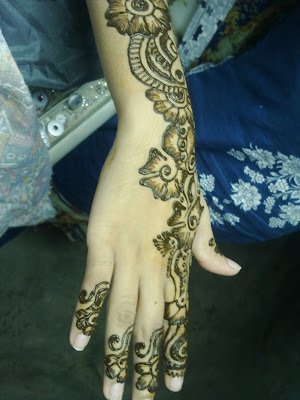
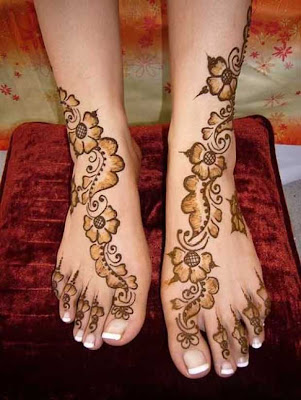
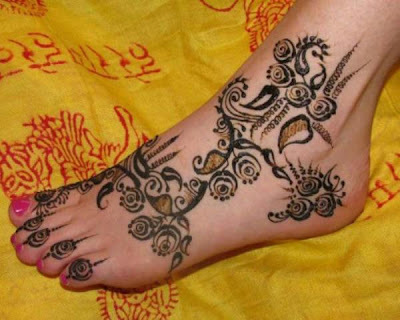
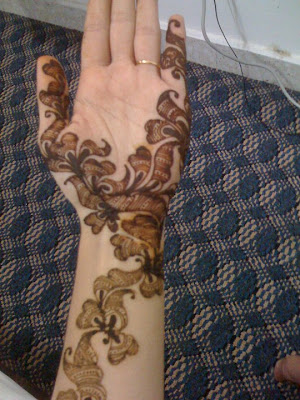



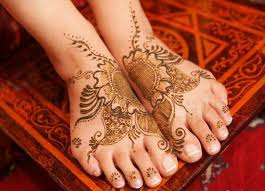

No comments:
Post a Comment